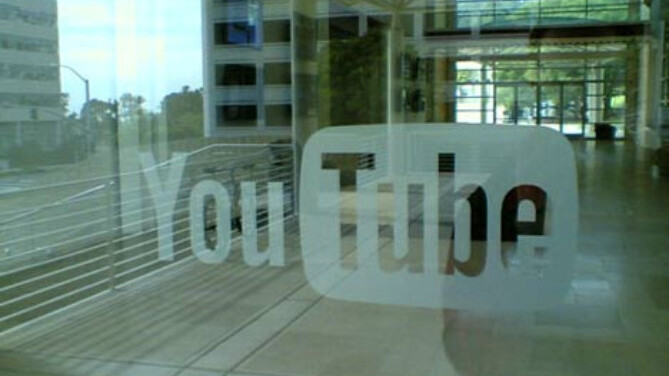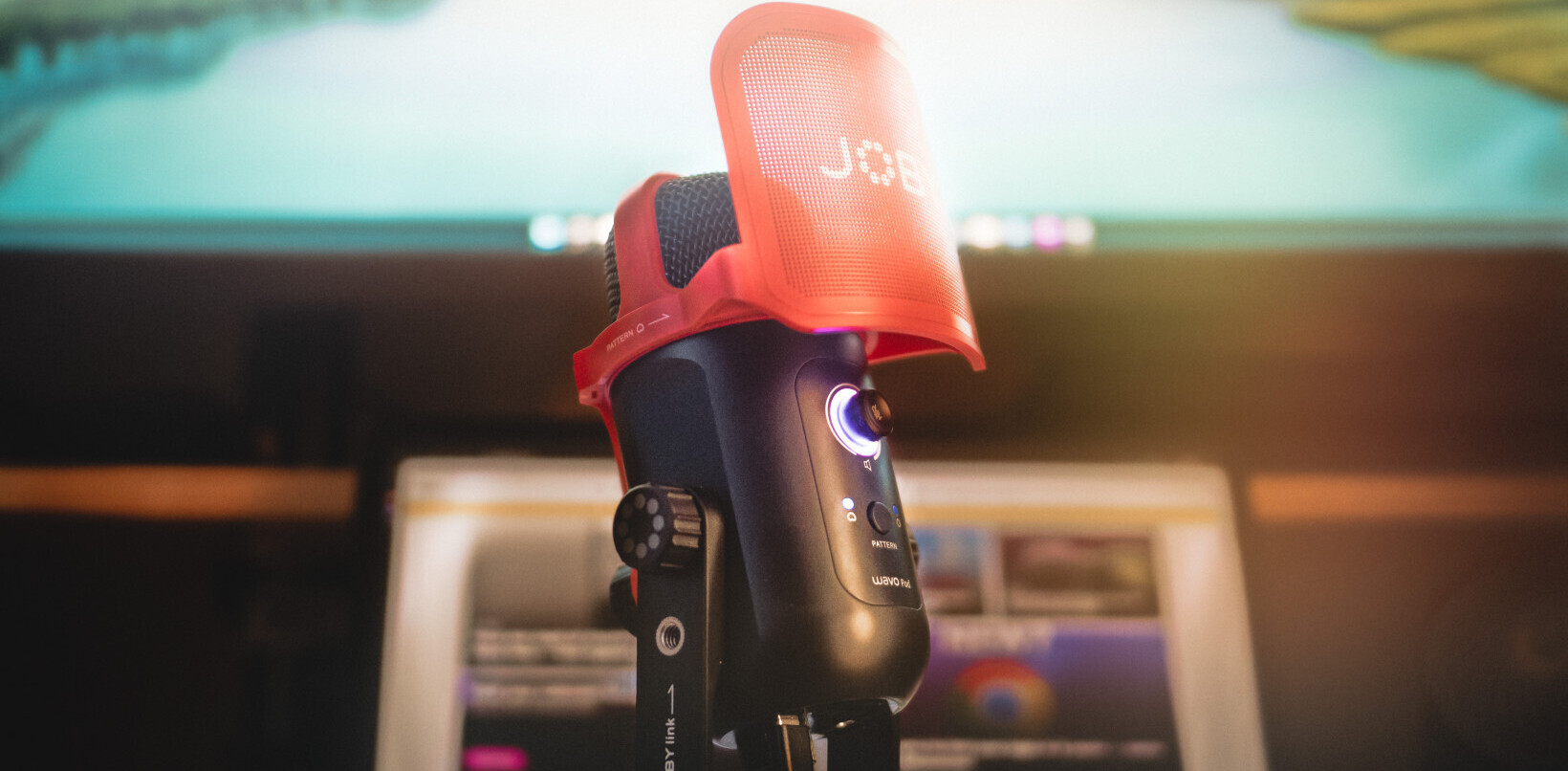
 YouTube hosted a live event today to help partners get the most out of their YouTube revenue.
YouTube hosted a live event today to help partners get the most out of their YouTube revenue.
Phil Farhi of YouTube, began the event by telling partners about a few of the new initiatives that YouTube is working on, to help make partners as successful as possible. He started by bringing us through the history of advertising on YouTube.
Phil mentioned that just 3 short years ago, YouTube began using in-video and overlay ads, the first step in monetizing videos. And following the first format of ads, YouTube brought Ad Sense ads, enabling smaller advertisers/customers to get on board, allowing YouTube to capture a broader range of advertisers.
Next came in-Stream Ads (mid and pre-roll ads), a format that was launched about two years ago. YouTube said this has been popular because advertisers will pay more for ads that are similar to the format on TV. At almost the same time, promoted ads were introduced and it was proven to drive traffic to videos that were featured using the ‘promoted video’ format.
A few months ago, a new ad format for partners called TrueView was rolled-out. This format lets users watching a video skip the ad after five seconds. An ad format that YouTube says is less interruptive and doesn’t risk annoying your audience because it gives them the chance to hit stop.
Phil asked the question “ What makes a movie a successful?” Using the movie industry as an analogy, he went on to explain that there are many factors that come into play that make up the overall picture; ticket prices, seats filled, distribution etc. It’s the same with YouTube as he pointed out. Partners shouldn’t look at one aspect such as RPM (revenue per thousand page views) or CPM (cost per thousand, as an example $1 or $5 per thousand views), they should look at everything including geography.
A few points to take away
Good partners focus on overall revenue and aren’t fixated on “ticket price”. They also work hard at building a strong audience as well as trying to increase views. Good partners look at geography, RPM and CPM.
Bad partners look at the wrong metrics and don’t build up their audience. Partners who only focus on RPM might think everything is fine however, it’s critical that users concentrate on CPM as well and continue to build audience loyalty.
YouTube says advertisers are creating content that competes with user content, and millions of users are watching advertisements on the site. Think about the popularity of Superbowl ads.
Keep experimenting! Compare ad formats by type and geography and play around with different scenarios. Try enabling ads after your loyal audience has seen them or try it in reverse. Play with different recipes and see what happens when ad formats are enabled/disabled. There is a wide variety of ways to make revenue.
Take a good look at revenue break downs and compare formats; True View, in-Stream, etc.
Better reporting for ad formats coming soon. YouTube admits that partners don’t have the best reporting feature right now.
YouTube will be adding an option for partners to opt-in to just TrueView Ads without needing to be signed up with other formats.
Ensure the metadata on videos have the correct information and enough words to help YouTube’s algorithm bring the best targeted ads to your videos
Get the TNW newsletter
Get the most important tech news in your inbox each week.




